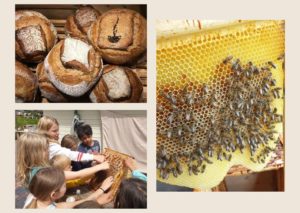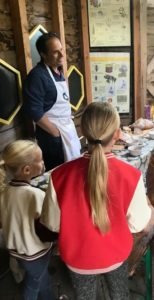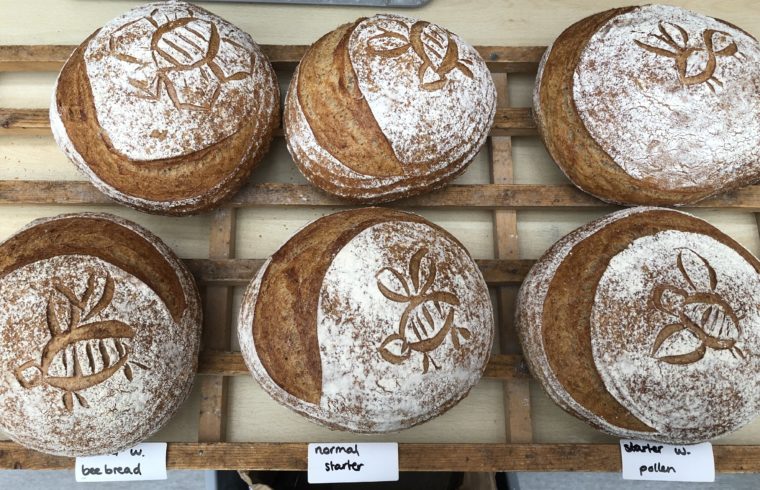A sweet and scientific journey for children in the gardens of Jeugdland
People’s interest in bees goes back to ancient times. The honey that bees produce has long been a popular sweetener. When people started keeping and studying bees, they discovered that, just like humans, bees exhibit complex social behavior. But they also play an important role in pollinating plants essential for our diet. As a result, a special bond slowly developed between (honey) bees and humans.
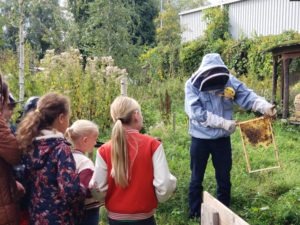
Click here for more interesting facts about bees
People and bees fly, work or play at Jeugdland, an urban farm and nature playground in Amsterdam Oost. Where do they get the energy to do that? Can we maybe learn something from the bees about our diet? And how do we bring this information across to children in a fun way?
The Accidental Miracles Table

During the Science Weekend 2022, the bakers from Baking lab Amsterdam together with the Beekeeper from Jeugdland took up the challenge. On an adventurous Sunday in October, children in the gardens of Jeugdland could ask the beekeeper and his bees how to prevent our bread from molding and how our food becomes sweet. The bees, who can apparently make bread in addition to sweet honey, gave some tips to the children. They then went to the Accidental Miracles Table of the dreamy baker professor where they discovered that you can SEPARATE dough into two parts: one is a white tasteless substance (starch) and the other an elastic fabric (gluten) that you can use to make nice little balloons. Ah, so gluten, that’s how the bread rises! They were later able to sweeten the tasteless starch with a miracle substance (enzyme), the same way bees make sweet honey from nectar.
Like bees, we depend on plants for food. Bees live on nectar and pollen. They make protein-rich bee bread from the pollen, which is fermented in the warm beehive by “benign” micro-organisms. These friends of the bees ensure that the pollen becomes more digestible for the young bees that have to grow from it. The acidification during fermentation contributes to the preservation of the bee bread, in other words protection against undesirable organisms (fungi). When making – sourdough – bread, bakers use the same fermentation techniques. Children could now taste the similarities between our sourdough bread and bee bread and thus become aware of similarities between the life of humans and bees. In doing so, they may have learned something about biomimicry, a field of research in which we learn from other efficient biological processes to develop innovative applications.
More interesting facts about bees?
Click here
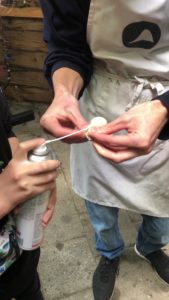
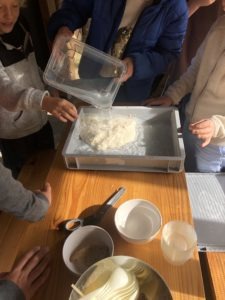
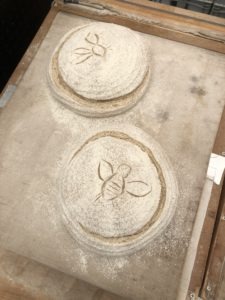
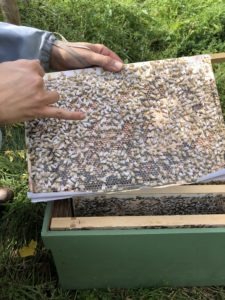
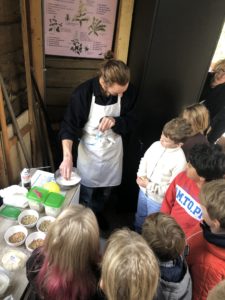
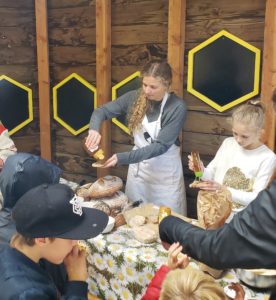
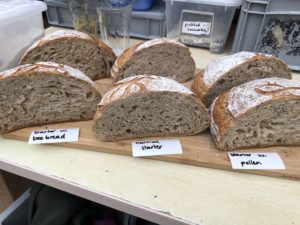
To bee or not to bee………
#Informalscienceeducation #fermentation #sourdough #bees #beebread #jeugdlandamsterdam #weekendofscience #biomimicry #sourdough #nutrition #biomimetics #amsterdam #amsterdamoost #outdoorlearning #natureeducation #education #biology #tobeeornottobee
